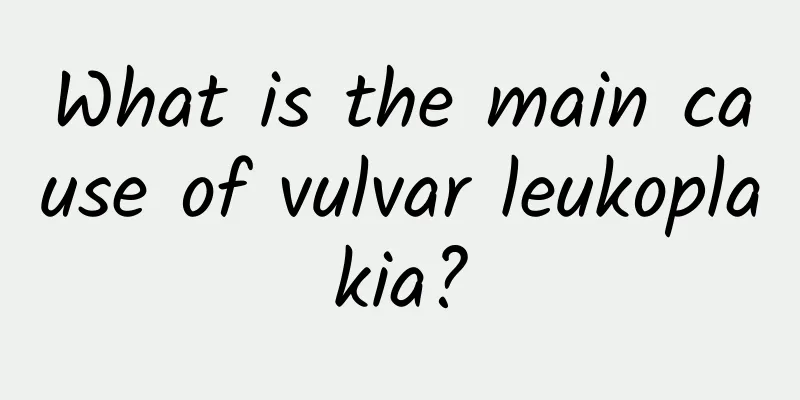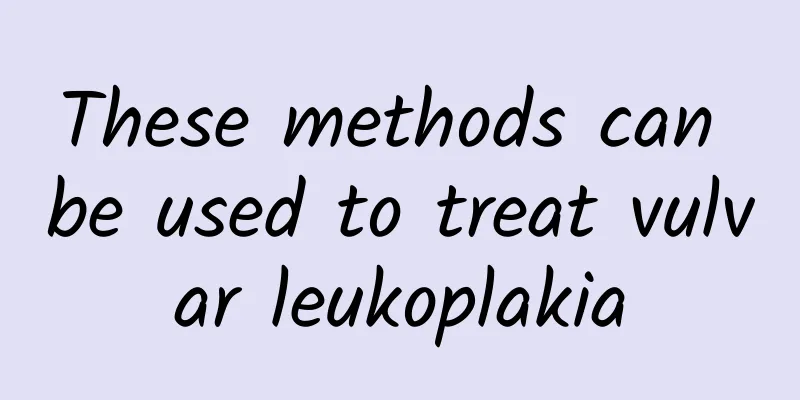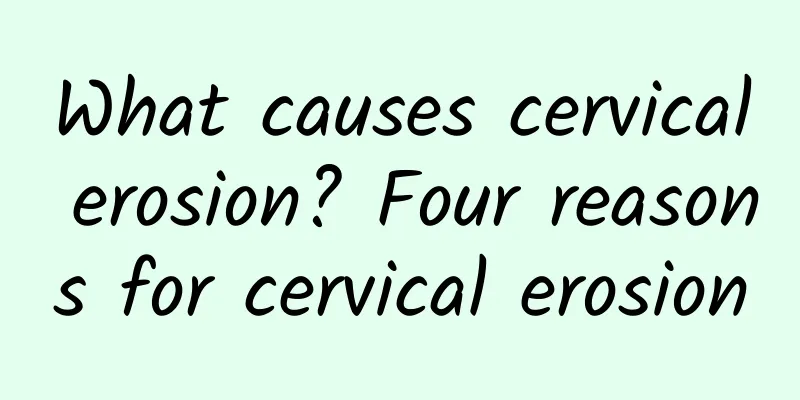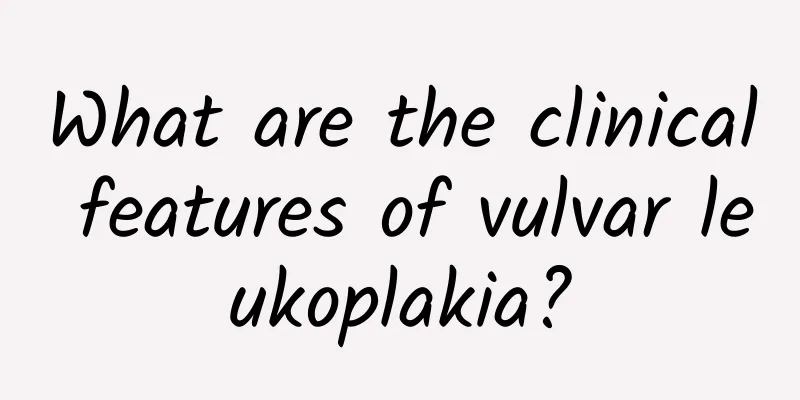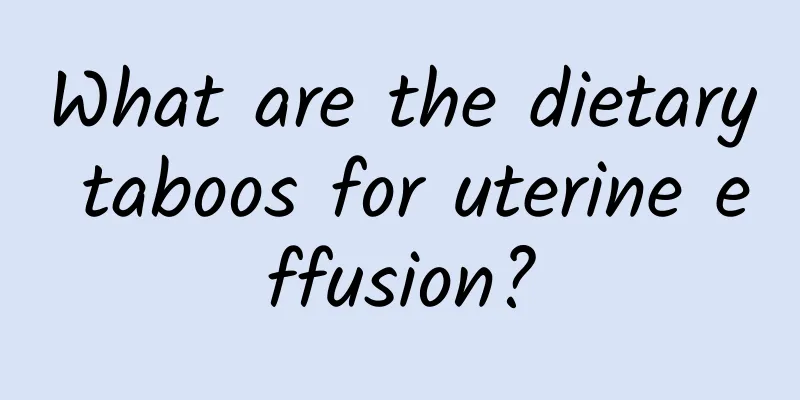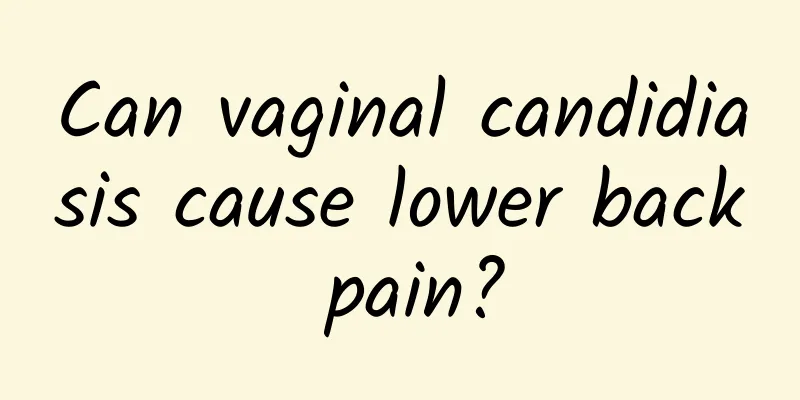Know how serious the harm of uterine fibroids is
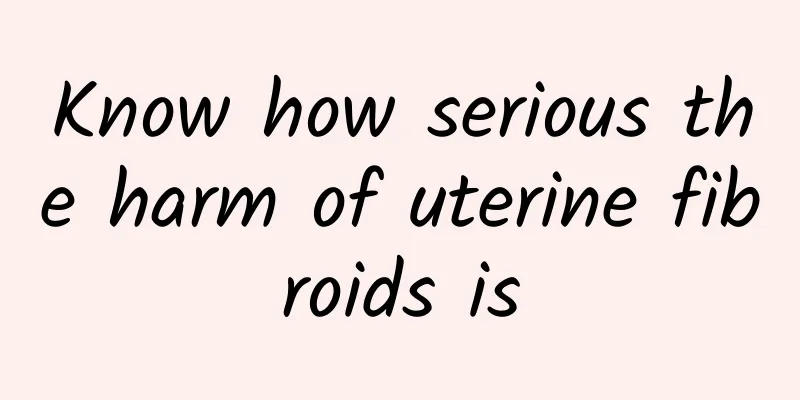
|
Uterine fibroids are very harmful. If not treated in time, fibroid torsion, infection and suppuration, uterine fibroids combined with uterine cancer, secondary anemia, infertility or miscarriage, etc. may occur. Attention should be paid and treatment should be timely to avoid delaying treatment. (I) Torsion: Subserosal fibroids can twist at the pedicle, causing acute abdominal pain. If the pedicle is severely twisted and surgery is not performed immediately or the pedicle cannot be turned back by itself, the pedicle may be broken and a free fibroid may be formed, as mentioned above. The twisted fibroid can also drive the entire uterus, causing axial torsion of the uterus. The site of uterine torsion is mostly near the internal opening of the cervical canal, but this situation rarely occurs. It is mostly caused by a large subserosal fibroid attached to the bottom of the uterus and the cervical canal is relatively slender. The symptoms and signs are similar to those of ovarian cyst pedicle torsion, except that the mass is harder. (II) Infection and suppuration: Myoma infection is often the result of tumor pedicle torsion or acute endometritis. Hematogenous infection is extremely rare. Infection can sometimes be suppurative, and in a few cases, abscesses form in the tumor tissue. Subserous myoma pedicle torsion causes intestinal adhesions, which can be infected by intestinal bacteria. The inflamed myoma adheres to the uterine appendages, causing suppurative inflammation. (III) Uterine fibroids combined with uterine body cancer: Uterine fibroids combined with uterine body cancer account for 2%, which is much higher than uterine fibroids combined with cervical cancer. Therefore, menopausal patients with uterine fibroids and persistent uterine bleeding should be alert to the presence of endometrial cancer. Before confirming treatment, a diagnostic curettage should be performed. (IV) Secondary anemia: Uterine fibroids can cause excessive menstrual bleeding, which over time can cause secondary anemia and even anemic heart disease. In severe cases, patients may experience general fatigue, pale complexion, palpitations, and shortness of breath. (V) Infertility or miscarriage: Uterine fibroids cause the fibroid tissue in the uterine corners to compress the entrance of the fallopian tubes, causing the uterus to deform and hinder the implantation of the fertilized egg, ultimately leading to infertility. In addition, according to statistics, the spontaneous abortion rate of fibroid patients is also higher than that of normal people, with a ratio of 4:1. |
<<: Does mifepristone cause uterine fibroids?
>>: Can women take birth control pills after painless abortion?
Recommend
How to effectively prevent vaginitis
Vaginitis is one of the common gynecological infl...
Can I still get pregnant normally after a missed abortion?
It is usually possible to get pregnant normally a...
How to use medicine for recurrent vaginitis
Vaginitis, or inflammation of the vagina, is a gr...
Dietary considerations for patients with endometriosis
Dietary considerations for patients with endometr...
Bomb on the grill! 4 slices of Tempura = 1 bowl of rice
Barbecuing during the Mid-Autumn Festival when th...
Hawthorn and red dates soup effectively relieves dysmenorrhea
As the saying goes, "Food supplements are wo...
How to effectively treat female cervical erosion? 4 most effective treatments for cervical erosion
I believe everyone knows that cervical erosion wa...
How much does medical abortion cost? It depends on the specific situation
With the continuous development of medical techno...
What precautions should be taken after abortion surgery?
What precautions should be taken after an abortio...
Experts analyze the causes of vaginitis in daily life
Patients with vaginitis all know that there are m...
What are the symptoms of dysmenorrhea and uterine cold?
Symptoms of dysmenorrhea and cold uterus are usua...
Can cervical warts be cured? Will there be any sequelae?
Can cervical warts be cured? Will there be any se...
What is the reason for the menstrual bleeding?
Irregular menstruation may be caused by many reas...
Can I eat snacks after a miscarriage? I can’t eat a lot of snacks for a long time.
During pregnancy, pregnant mothers will always fe...
Let me introduce the classification of vulvar leukoplakia
Everyone must be familiar with vulvar leukoplakia...
